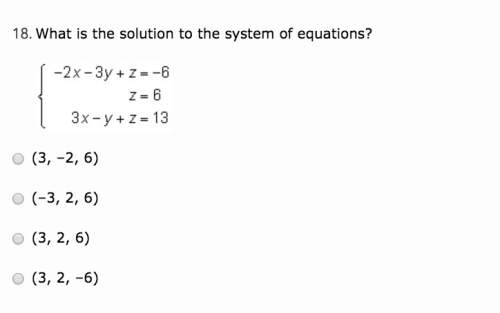51+46
b) use the formula v= u + at to find the velocity, when
• the initial velocity is...

Mathematics, 13.12.2019 00:31 hollie62
51+46
b) use the formula v= u + at to find the velocity, when
• the initial velocity is 3 m/s
• the acceleration is 1.5 m/s2
• the time is 7 seconds

Answers: 1


Other questions on the subject: Mathematics

Mathematics, 21.06.2019 20:00, bermudezs732
Graph the linear function using the slooe and y intercept
Answers: 2

Mathematics, 21.06.2019 21:30, KiemaBear
One astronomical unit (1 au) is about 1.496 alt tag missing. kilometers. if you wrote this number of kilometers in regular decimal notation (for example, 528 and 3,459 are written in regular decimal notation), how many zeros would your number have?
Answers: 1

You know the right answer?
Questions in other subjects:



Biology, 09.04.2021 18:50




Geography, 09.04.2021 18:50

English, 09.04.2021 18:50

English, 09.04.2021 18:50

Mathematics, 09.04.2021 18:50




